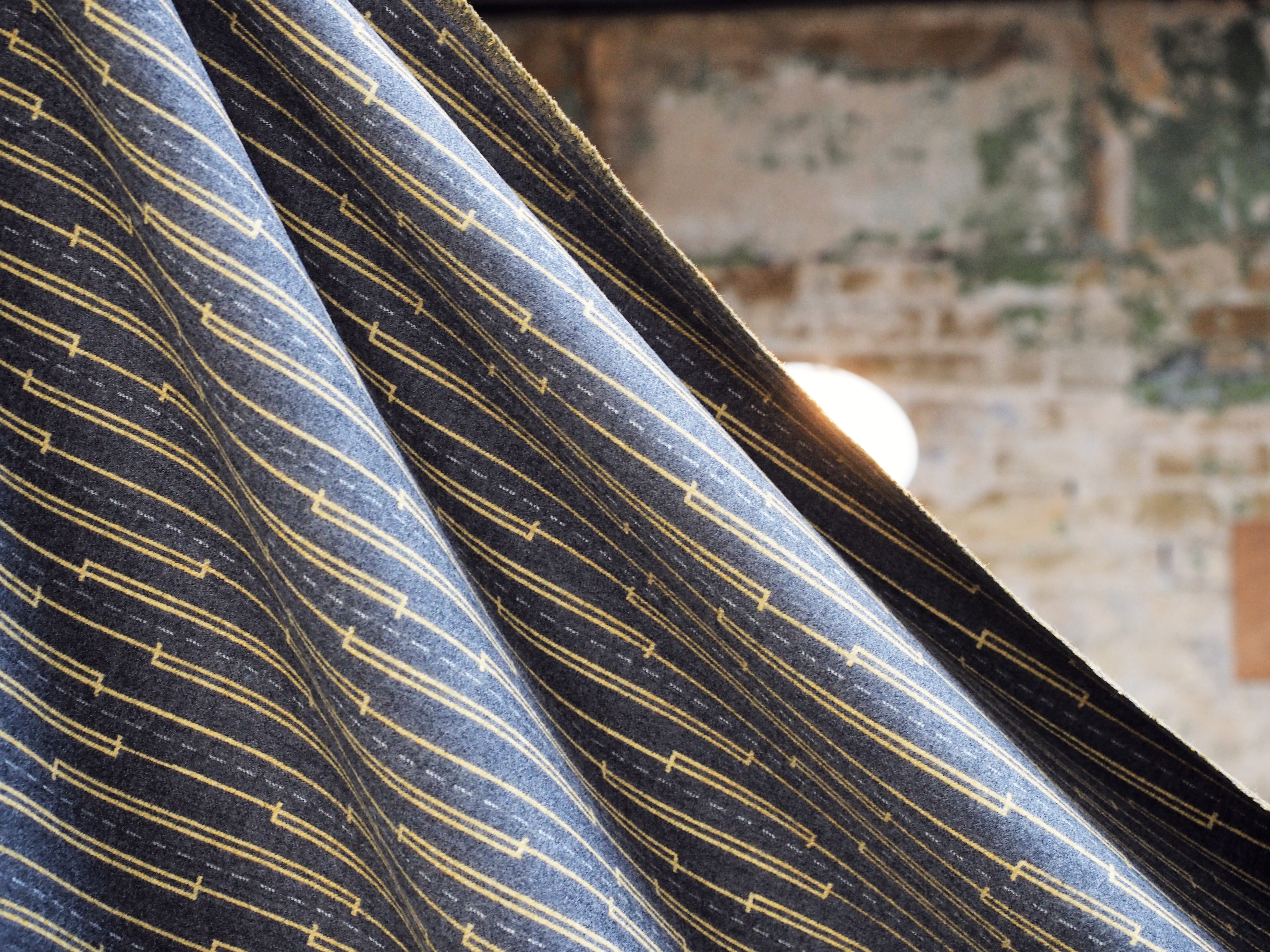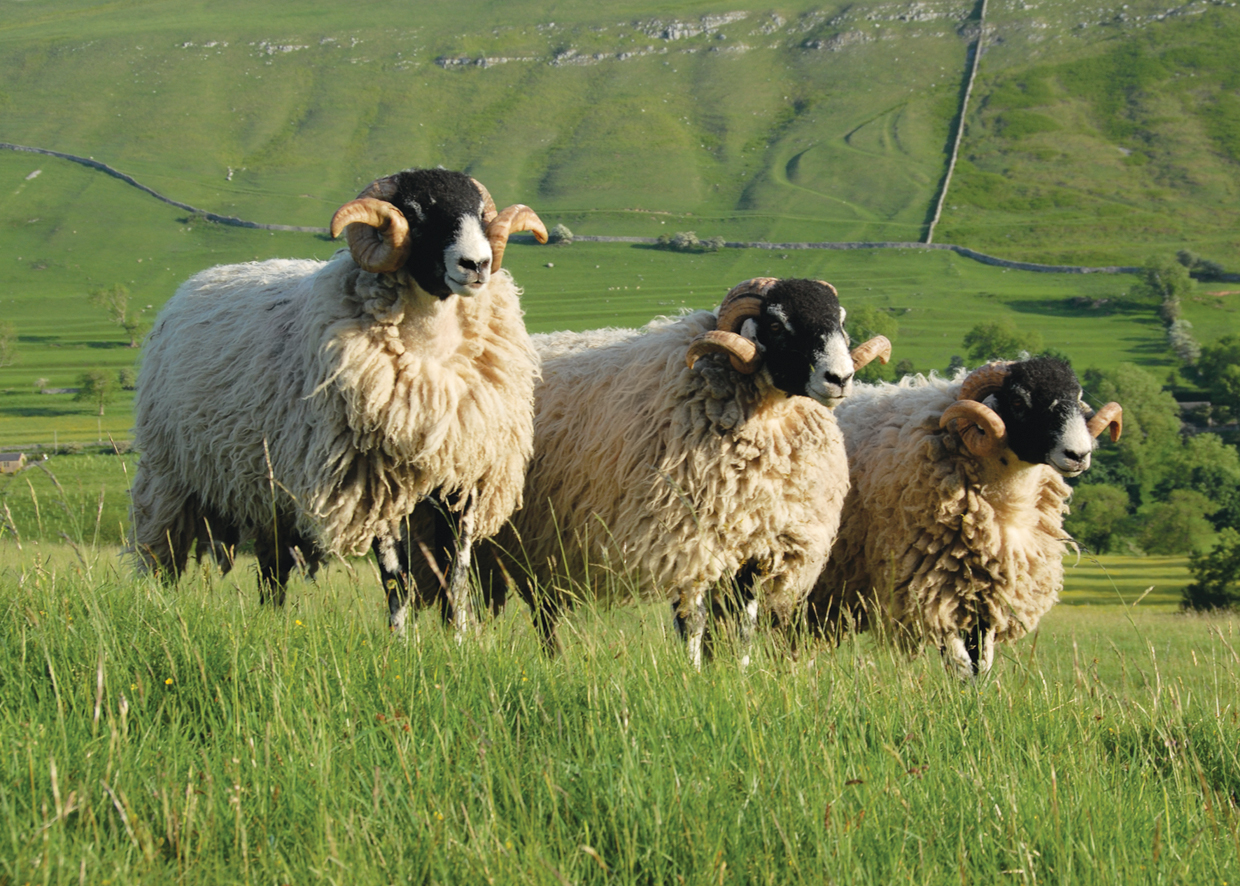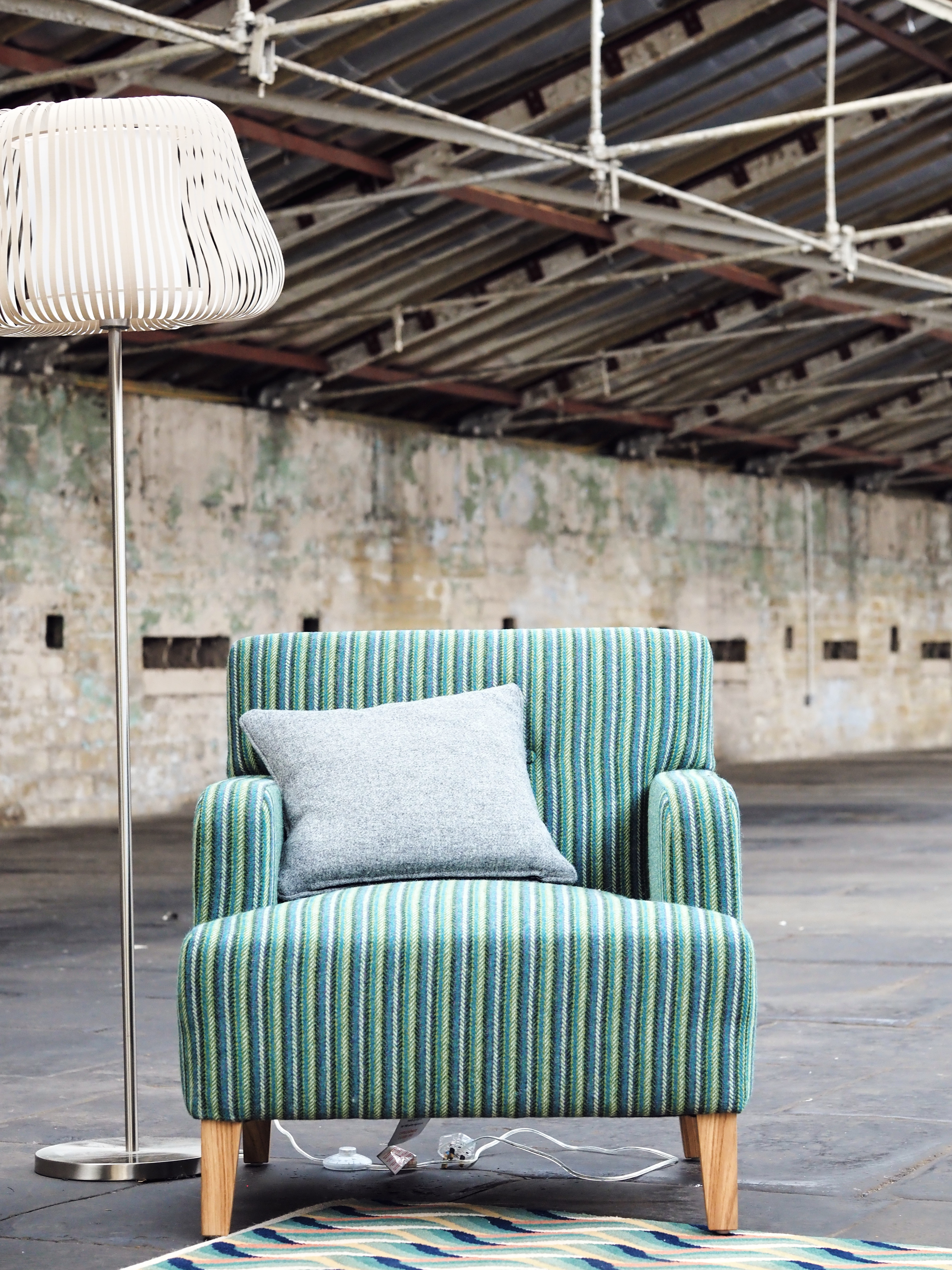Oh, boy! Last night I got quite riled up about people’s attitude toward wool. Bob sent me this article from the Times of London. It’s called “Shear Waste,” and it covers the dire situation of sheep farmers across the UK. This year many farmers burned their fleeces or added them to their compost. For years I’ve heard that farmers expend more energy and money in caring for sheep than they get when they sell the fleeces at market. This year the new low was 33p per kilo, which I learned does not even cover the expense of shearing. This is heartbreaking. Seriously, I am crestfallen by this situation.

I went looking for more information, and I started with the Campaign for Wool. I had no idea this endeavor is now 10 years old. Time flies. How have things gotten worse instead of better? It seems that many people in the UK feel that wool is only useful for rugs these days. Whoa! I have had the pleasure of spinning some wonderfully soft wools from the UK, and nothing–absolutely nothing!–gives me more pleasure than knitting or spinning Wensleydale or Shetland wool. Am I mistakenly under the impression that everyone in the UK knits? …at least for a few years as a child? Don’t they need fresh supplies of wool and the ability to try the many breeds that are grown all around them? Aren’t designers, especially of men’s suiting, always in need of wool?
A few months ago I read the book Wild Dress: Clothing and the Natural World, by Kate Fletcher. The author is Professor of Sustainability and Fashion at the University of the Arts London. She has written other books, but in this one her writings are autobiographical. She explores the relationship between garments and our human connection to nature. The chapters read like essays to me, and in one she marvels at people who spend time in nature by hiking through the landscape. She notes that nowadays, you have to dress the part of someone who spends times in nature by wearing the most unnatural clothing. If you aren’t wearing a polyester fleece made from recycled plastic bottles and elastane-nylon pants, you must not be a serious outdoorsman. Kate Fletcher writes, “As garments go, there are few pieces less natural than a polyester fleece pullover. Nor are there many pieces that act to distance the world outside more than those made from filaments of hydrocarbon with their high resistance to micro-organisms, poor heat isolation and low water absorbency. The things we are wearing to arrive in nature do not, cannot, let nature in… We keep her at arm’s length, or more literally at sleeve’s length, with hydrophobic fibres, an impervious fabric membrane and garments so durable they will outlive us all.”
Wool has so many uses. It can keep you warm and is fairly water resistant. Through millennia of sheep breeding wool can be soft enough for undergarments and tough enough for weatherproof yurts. It can insulate houses, hang on the wall as a beautiful way to keep out drafts. It can become stunning clothing and household items when knitted or woven or felted. I thought there were many millions of people clambering to have excellent sources of wool. So how can these farmers be in dire straits right now? I am worried that they will soon give up sheep farming and turn to something else. What will I do? I can’t possibly be the only one who fears this.
I own exactly one polyester fleece pullover which I bought at least 30 years ago to support a non-profit group I had joined. I still have it, and I wear it only occasionally, although never out in public. I have a wardrobe of sweaters I knit myself that I love to wear out in public. Most of my friends and acquaintances also love the sweaters and other garments that they have woven or knitted. Even if you yourself do not knit or weave, I bet you know at least a handful of people who do. We are everywhere.
About a decade ago I joined the Association of Guilds of Weavers, Spinners and Dyers in the UK. Ten months of each year there are online workshops to take. One month we focused on breeds of sheep that are not well known. Each participant got a small amount of fleece directly from the farmer to comb or card and then spin. I got some Ronaldsay fleece from the Orkney Islands off Scotland. I got some Bowmont-Merino fleece from Leslie Prior’s farm in Devon. That was an amazing bit of fleece to spin. She has the only Bowmont sheep farm in the world, and at one point there were only 28 sheep at her farm. I felt so lucky to get a bit of this wonderful fiber to spin. Since then I believe she has prospered with this breed. She has an outlet for getting the yarn spun in the UK, and made into garments and household items that are manufactured in the UK.
When we had the fleece workshop through the UK Guild, those of us outside the UK did not know for certain if we’d ever receive our fleece samples, or how long it might take to receive them. The ones I chose all arrived at my house, and I think the longest delivery time was only three weeks, which is fast considering these packages had to go through the Animal Plant Health Inspection Service of the United States Department of Agriculture. The inspectors have the right to send back anything they deem unsafe. After playing with various fleeces from the around the UK, I ordered a kilo of Ronaldsay from Orkney. I washed the wool, combed it and spun it before knitting it into a sweater for my younger son Chris. I’d love to spin some more Bowmont now!
This is my long winded way of saying that I hope there is some way to save the wool industry in the UK. I read that half the wool stays in the UK, but the other half gets exported throughout the world. One quarter of the wool goes to China, and this year, due to the pandemic, no wool could be sent there. In the article I linked at the beginning, I also learned that British wool is used in carpets on airplanes and cruise ships, and those industries are certainly suffering at this point in time. To me, wool can be such a luxury item that we should all cherish it. I don’t want to lose that. What can I do?
I’ll end this with some stunning wool products and some links.
This is the story of a student design project for Campaign for Wool to create new designs for Holland and Sherry, a well known Saville Row shop known for their use of high end wool fabrics.


The Campaign for Wool is making a good argument for using wool to insulate dwellings.
And no post about British wool from me would be complete without a mention of the wools grown and spun and woven on the Hebrides Islands for Harris Tweeds.

Stay well, pick up some wool, and get busy knitting….or weaving….or felting…or spinning.

I am with you 100%. I detest synthetic fibres and spend all sorts of time trying to source natural garments for myself and family. I spin, knit and weave with wool and find it exceptionally enjoyable. However, as a working weaver selling on line, it is almost impossible for me to sell a scarf or shawl made of wool. There are always those who deem wool ‘scratchy’ and no amount of guaranteeing softness breaks this assumption. I shall continue to champion the benefits of wool and fervently hope that the wool industry can hold on until we all wake up to wools wonderful characteristics.
Currently weaving two handspun wool blankets. I love wool items. I’m surprised there isn’t still a wool pool or something rather than have all the wool go to compost.
I am a sheep farmer in the Welsh mountains. I am also a lifetime knitter and beginner weaver. Mountain sheep need to be very hardy and consequently have very coarse, kempy fleeces – they wouldn’t survive otherwise. This type of wool is really only suitable for carpets and insulation. I certainly would not be able to wear anything made from the wool of our own sheep – I’m not into hairshirt penance!). A lot of sheep rearing areas of the UK are only suited to hardy, mountain breeds so the sheep are reared for meat with the wool a by product.
Here, we have such high rainfall that the softer, wool producing breeds will get wool rot making the fleeces unuseable. Unfortunately, we can’t change our weather.
Do you have a copy of Wild Dress to sell? I’ve been looking all over.
Ashley, I’m sorry I don’t have the book for sale. Your message made me take a look, and I see that it is not available from Uniformbooks, the publisher, or from Amazon. They need to reprint!